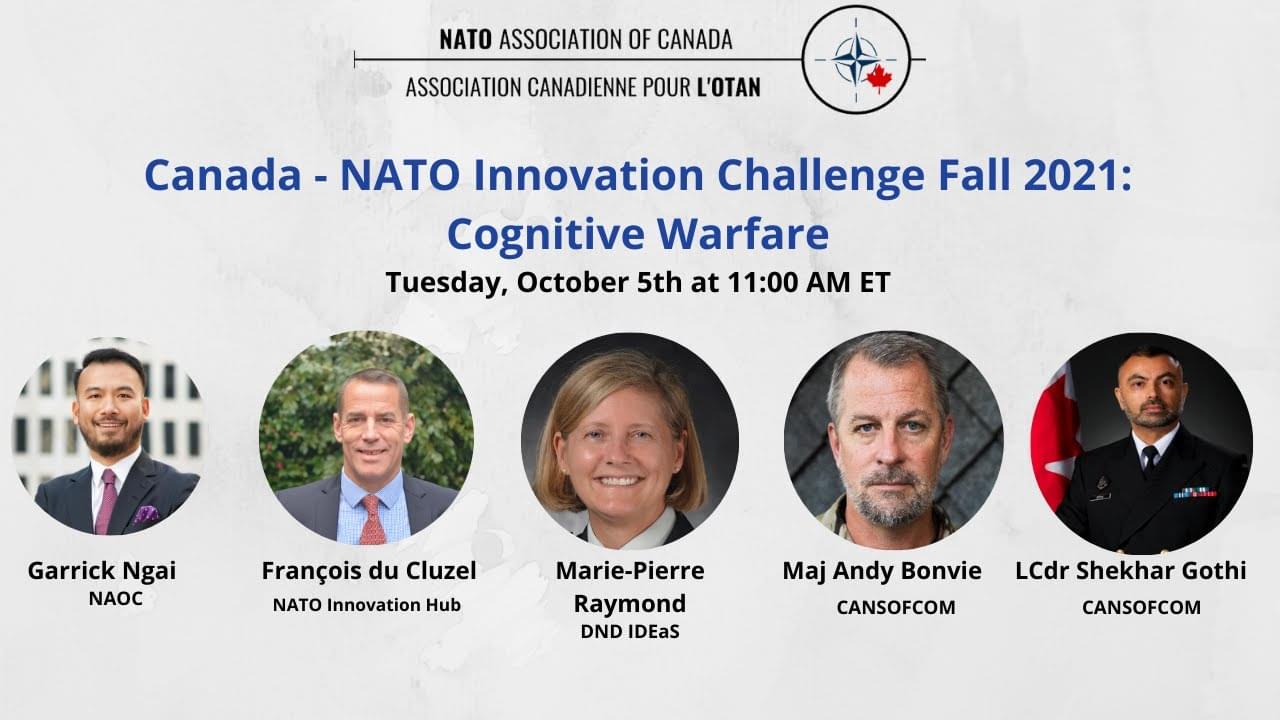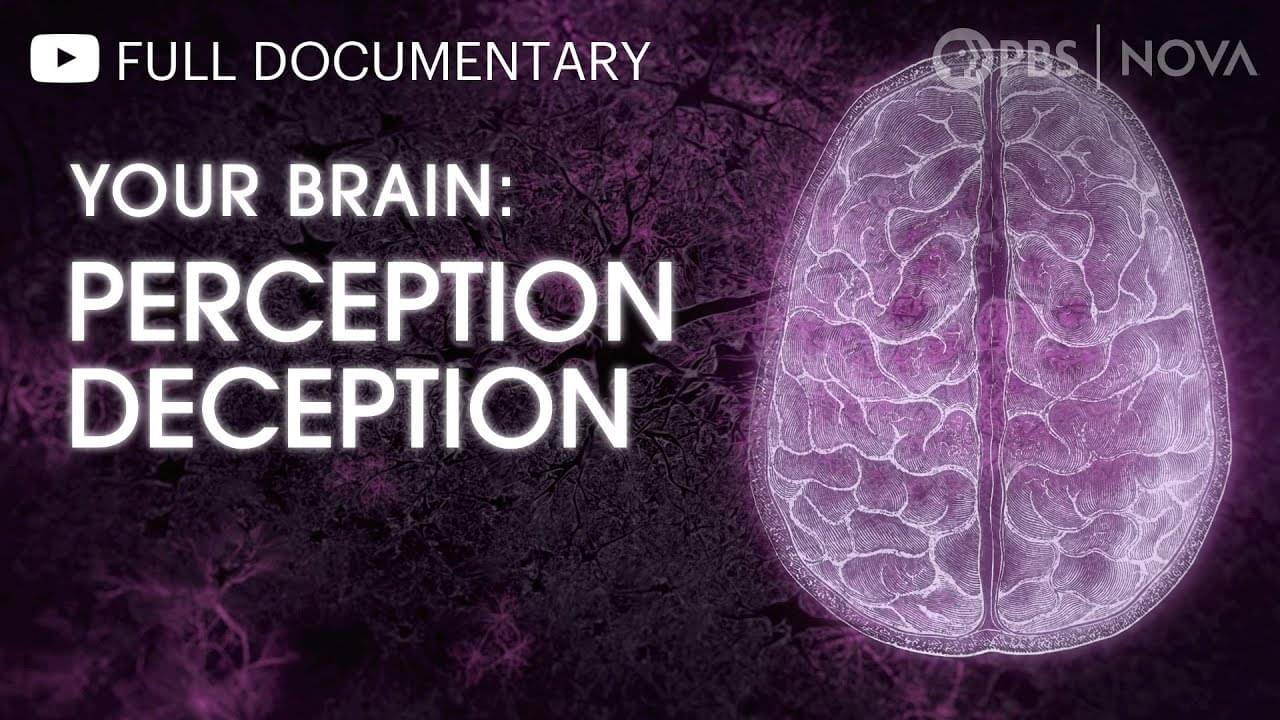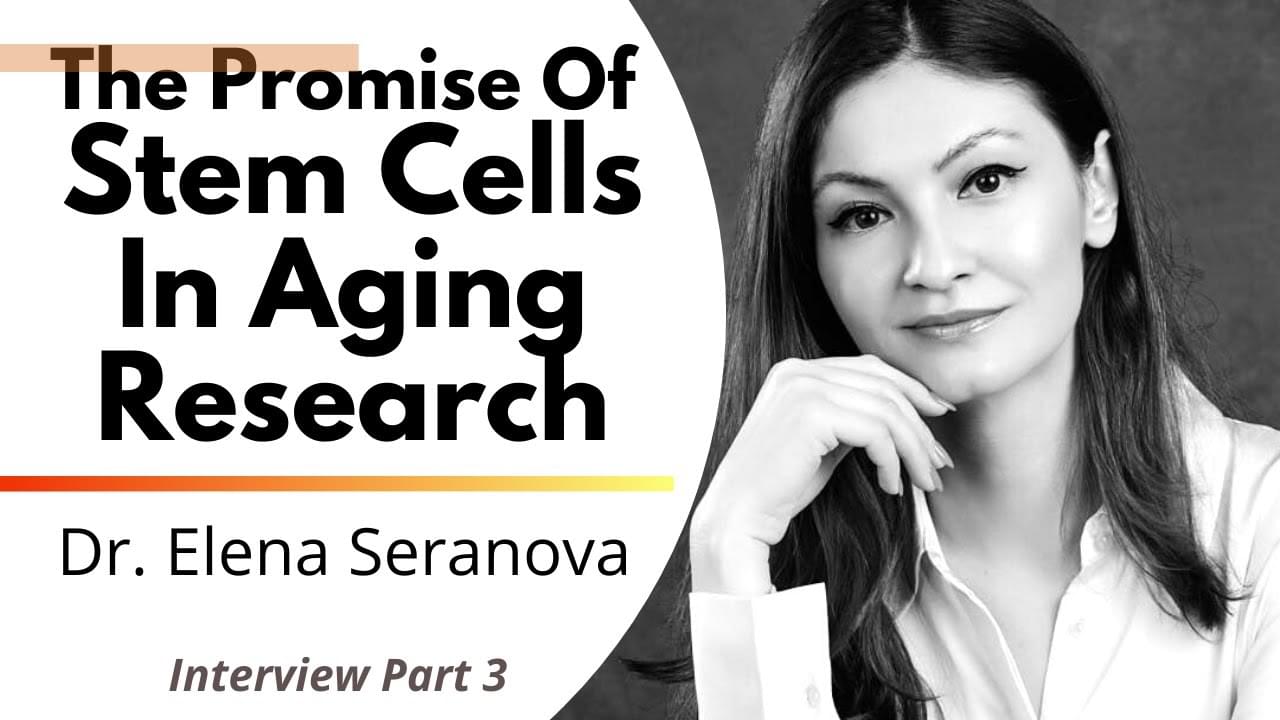Nov 23, 2023
Canada — NATO Innovation Challenge Fall 2021: Cognitive Warfare
Posted by Dan Breeden in categories: military, neuroscience
Are you a startup, an academic team or a SME working on a solution to secure the cognitive domain from attacks aimed at manipulating human behaviour and sow…

















